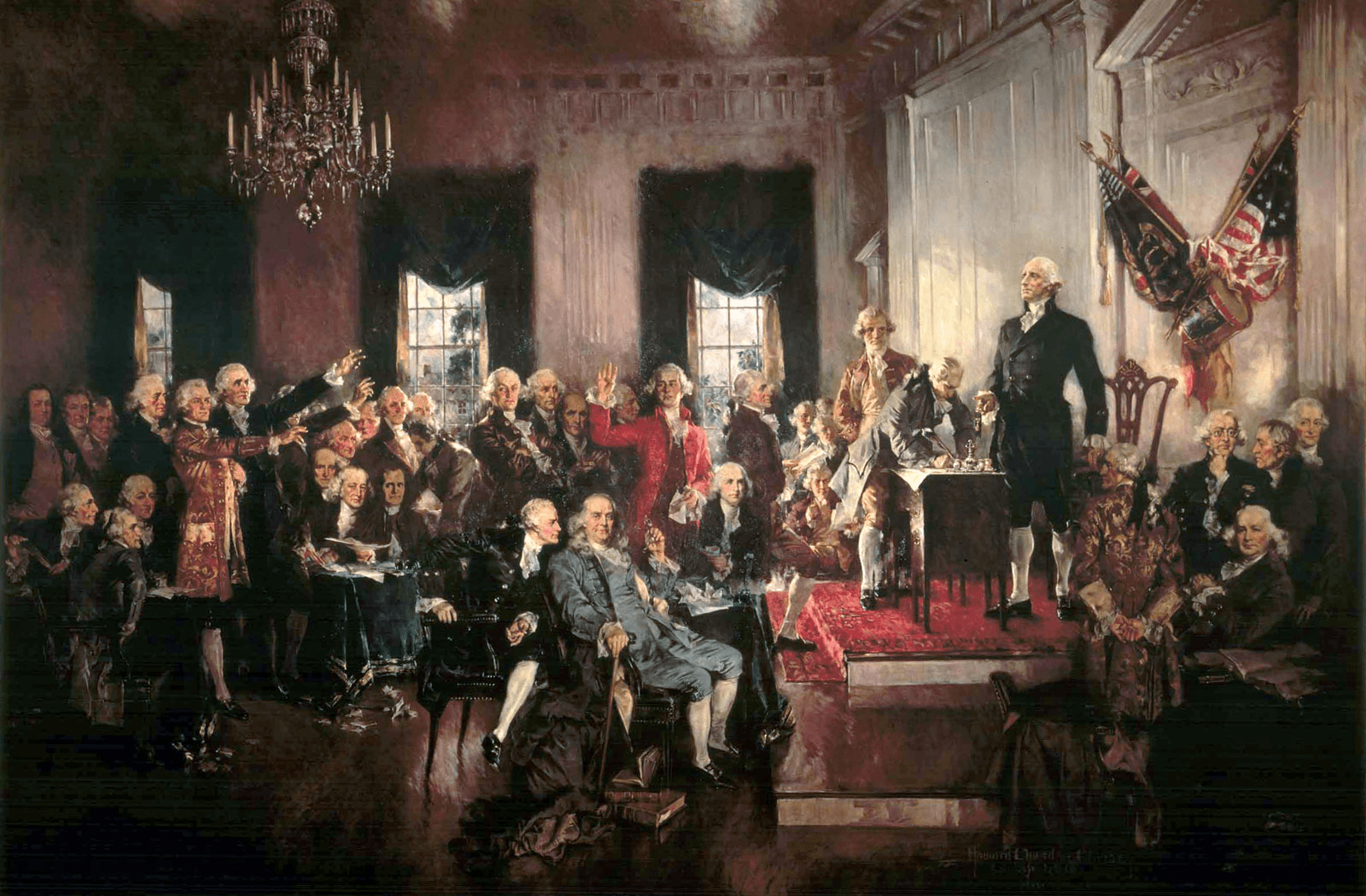This is an annual economic policy seminar, hailed as the 'Davos for Global Central Bank Governors' or 'Barometer of Monetary Policy.' Although it is not a decision-making meeting, its importance is unparalleled.
What is the Jackson Hole Conference?
· Organizer: Federal Reserve Bank of Kansas City.
· Location: Jackson Hole, Wyoming, USA, a scenic resort town.
· Timing: Usually held in late August for three days (Friday to Sunday).
· Participants: Central bank governors from major global institutions (such as the Fed, ECB, Bank of England, Bank of Japan, etc.), top economists, renowned scholars, and senior figures in the financial markets.
· Format: A closed, invitation-only conference, but the keynote speech by the Fed chair on the first day is broadcast live worldwide, making it the absolute focus of the market.
Why is this conference so important?
1. 'Pre-Announcement' of Policy Signals: In a relaxed, informal atmosphere, central bank governors can discuss deep economic issues more freely and hint at the future direction of monetary policy. The Fed chair often uses this occasion to convey significant policy shifts to the market, preparing for the upcoming September or later meetings. Therefore, the market analyzes the speech content word by word, looking for clues of 'hawkish' (tightening) or 'dovish' (easing) signals.
2. Setting the Global Agenda: Each year, the conference has a core theme, usually addressing the most pressing challenges facing the global economy (such as inflation, employment, globalization, financial stability, etc.). This theme itself represents the priorities of the global central banking community.
3. Promoting International Cooperation and Exchange: It provides a rare, informal platform for top global economic decision-makers and thinkers, helping to coordinate global macroeconomic policies.
Important Historical Moments (Recent Cases)
· 2022 - Jerome Powell: Against the backdrop of high inflation, Powell delivered an extremely hawkish speech, clearly stating that 'we must continue to raise interest rates and maintain them at high levels for some time,' even if it causes 'some pain' to households and businesses. This tough stance shattered market fantasies of the Fed quickly shifting to rate cuts, leading to a significant drop in global stock markets.
· 2020 - Jerome Powell: Announced a historic change to the Federal Reserve's monetary policy framework, introducing 'Average Inflation Targeting' (AIT). This means the Fed allows inflation to moderately exceed the 2% target for some time to support the job market and economic recovery. This was a very dovish major signal.
· 2014 - Mario Draghi (then ECB President): Warned of a 'broad deterioration' in inflation expectations in the Eurozone, suggesting that large-scale stimulus measures would be taken, paving the way for later quantitative easing (QE) policies.
· 2012 - Ben Bernanke (then Fed Chairman): He laid a solid foundation for the upcoming third round of quantitative easing (QE3) in his speech, resulting in a significant market rally.
· Earlier in 1982 - Paul Volcker (then Fed Chairman): During the conference, he informally informed other officials that the radical interest rate hike policy was about to end and that inflation had been controlled. This is seen as the beginning of the modern Jackson Hole Conference tradition.
Overview of Recent Conference Themes
· 2023: 'Structural Changes in the Global Economy' - Exploring deep changes in the labor market, globalization patterns, etc., post-pandemic.
· 2022: 'Reassessing Economic and Policy Constraints' - Focusing on how to formulate policy in a high-inflation environment.
· 2021: 'Macroeconomic Policy in an Unbalanced Economy' - Discussing the issues of uneven economic recovery.
· 2020: 'Looking Ahead to the Next Decade: The Impact on Monetary Policy' - Focusing on long-term challenges.
Summary
In simple terms, the Jackson Hole Conference is the annual 'first class of the school year' for global capital markets. It occurs at the end of August, bridging the summer trading lull and the busy decision-making period of autumn (September is typically a time for intensive meetings for the Fed, ECB, etc.). Market participants expect to gain the most authoritative policy direction from here to adjust their investment strategies for the year.
Thus, every August, financial news headlines are dominated by 'Jackson Hole,' and everyone's attention is focused on the Fed chair's brief one-hour speech.


